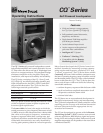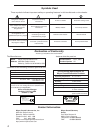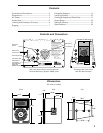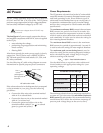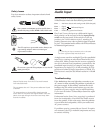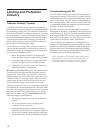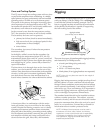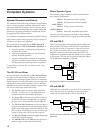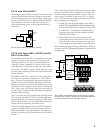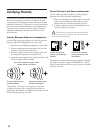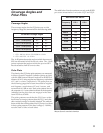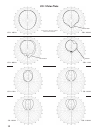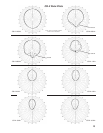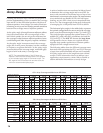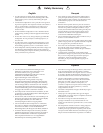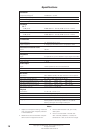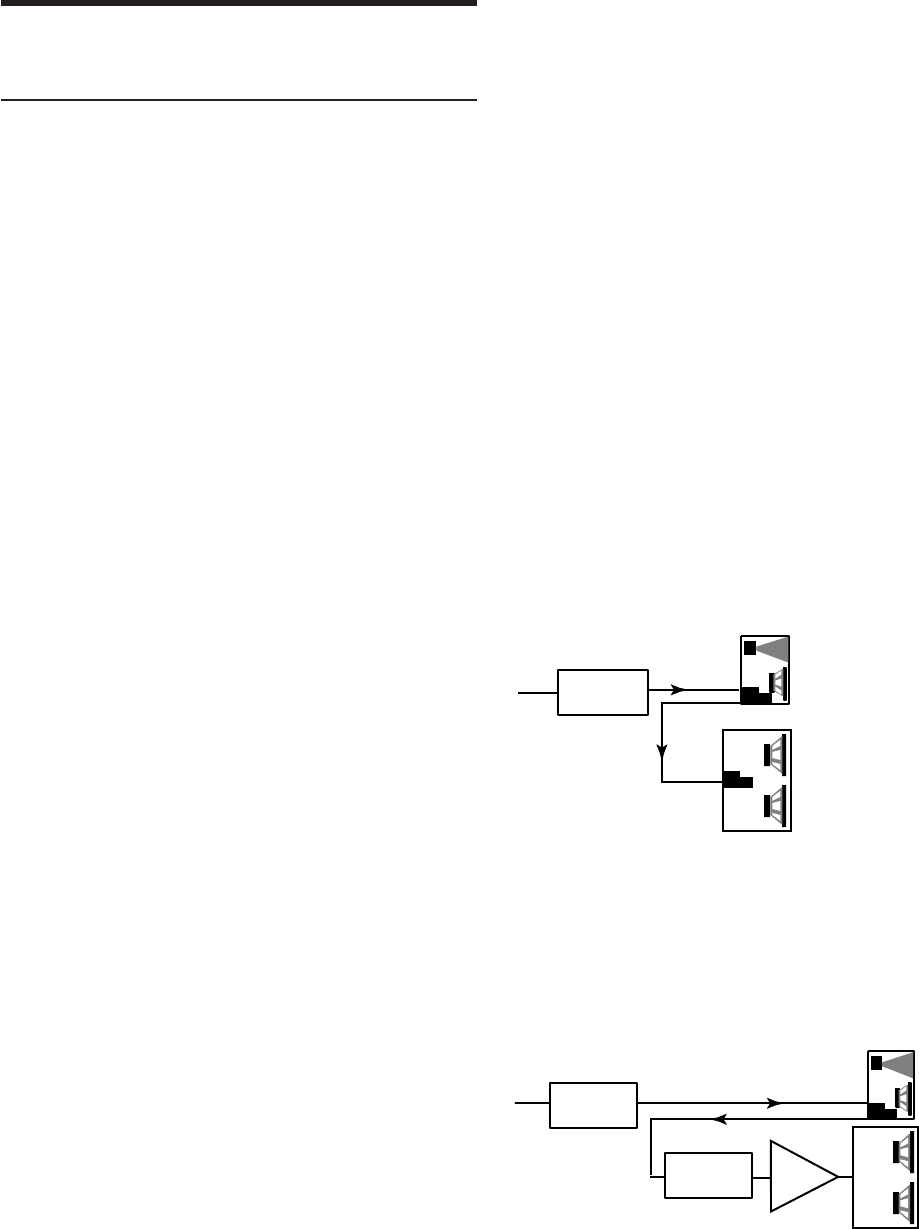
8
Complete Systems
Speaker Placement and Polarity
The cabinets in the following example configurations
are in a close-proximity coplanar orientation, unless
otherwise stated. Placing the mid-hi speaker more
than 5 feet from the subwoofer may require setting the
speakers to opposite polarities to compensate for the
propagation delay between them.
In a coplanar orientation, externally amplified Meyer
subwoofers require the opposite polarity setting to
all Meyer self-powered speakers.
We recommend using the Meyer SIM® System II
Sound Analyzer and CP-10 Parametric Equalizer to
• assist the process of configuring and placing
speakers in a system;
• measure propagation delays to set the correct
polarity between speakers;
• measure and equalize variations in frequency
response caused by the acoustical environment
and the placement and interaction of speakers.
Contact Meyer Sound for assistance with your
application.
The LD-1A Line Driver
We recommend using the Meyer LD-1A Line Driver
to integrate different types of Meyer self-powered
speakers into a full-range system. The LD-1A maintains
signal integrity for long cable paths, has two channels
equipped to control a main system, and six auxiliary
channels for down-fill, front-fill, and delay systems. The
LD-1A provides these useful functions:
• The Lo Cut switch activates a high-pass filter
(160 Hz, –12 dB/oct, Q = 0.8) that performs a
crossover function for the Mid-Hi output.
• The Array EQ switch activates a filter (6 dB cut
at 220 Hz, 0.6 octave bandwidth) to equalize
groups of 3 to 5 horizontally arrayed MSL-4s.
• The DS-2 & Sub Crossover switch activates a
crossover network that sends frequencies below
80 Hz to the Sub output, and above 80 Hz to the
DS-2 output. With the switch out, a full-range
signal is sent to the DS-2 and Sub outputs.
• The DS-2 φ and Sub φ switches toggle the polarity
for the DS-2 and Sub outputs.
• The Mid-Hi, DS-2, and Sub outputs each have
their own gain control and mute switch.
Meyer Speaker Types
The following Meyer speakers will be mentioned in
the example applications.
MSL-4: Self-powered mid-hi speaker
DS-2P: Self-powered mid-bass speaker
650-P, PSW-2,
PSW-4: Self-powered subwoofers
650-R2, MSW-2,
USW-1: Externally amplified subwoofers
The self-powered speakers listed above have a loop
connection to send the input signal to another speaker.
CQ and 650-P
The CQ is particularly well matched with the 650-P and
also performs efficiently with the PSW-2 and PSW-4.
Due to the overlap in frequency response between
the CQ and the subwoofer, the system frequency
response contains a rise in the range 40–120 Hz. It is
important to emphasize that the speakers are in phase
in this region. The rise can be corrected using the Meyer
CP-10 Parametric Equalizer, if desired.
650-P
CQ-1 or
CQ-2
loop
input
CP-10 EQ
(1 Channel)
Set the CQ and 650-P to the same polarity.
CQ and 650-R2
Although it is preferable to use the CQ in a completely
self-powered system, excellent results can still be
achieved using the 650-R2, USW-1, and MSW-2.
650-R2
subwoofer
loop
input
CQ-1 or
CQ-2
CP-10 EQ
(1 Channel)
B-2EX
CEU
Amplifier
Set the CQ and the 650-R2‘s amplifier to opposite
polarities.



